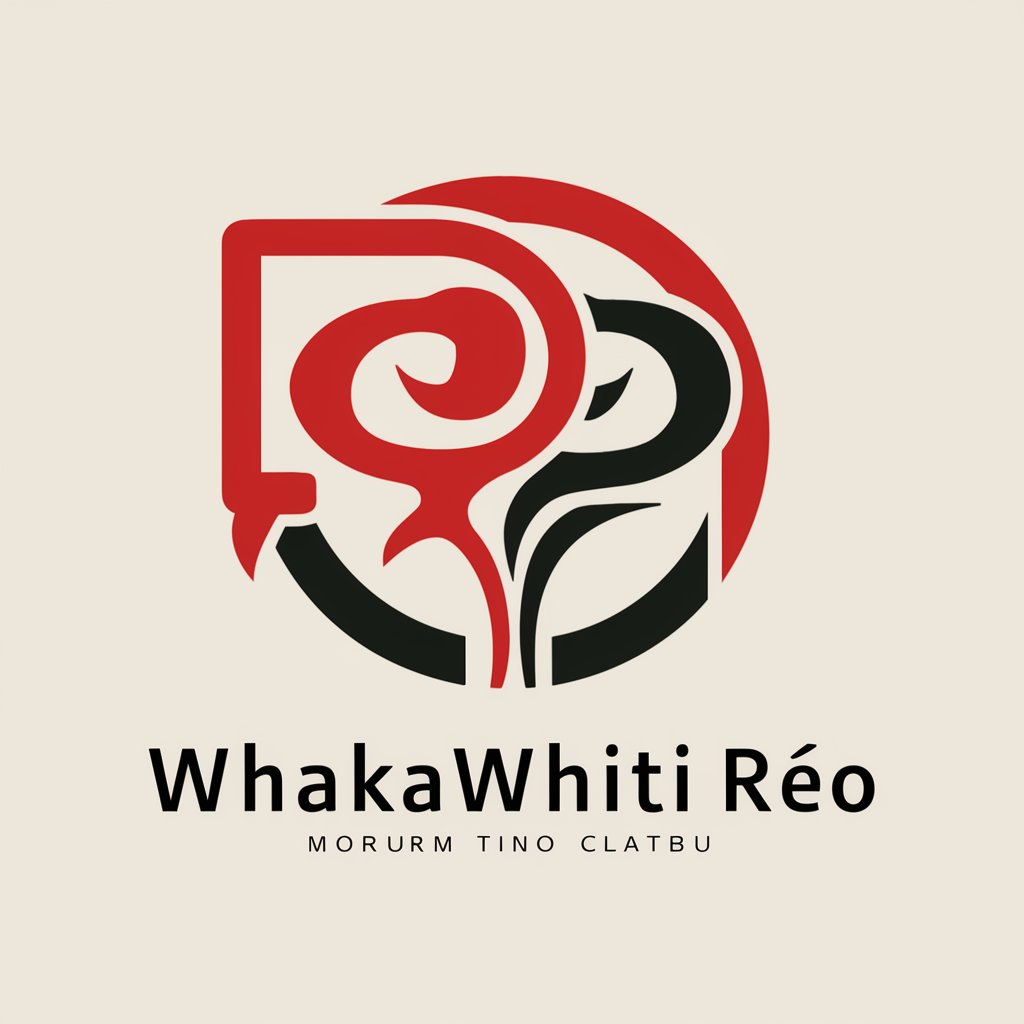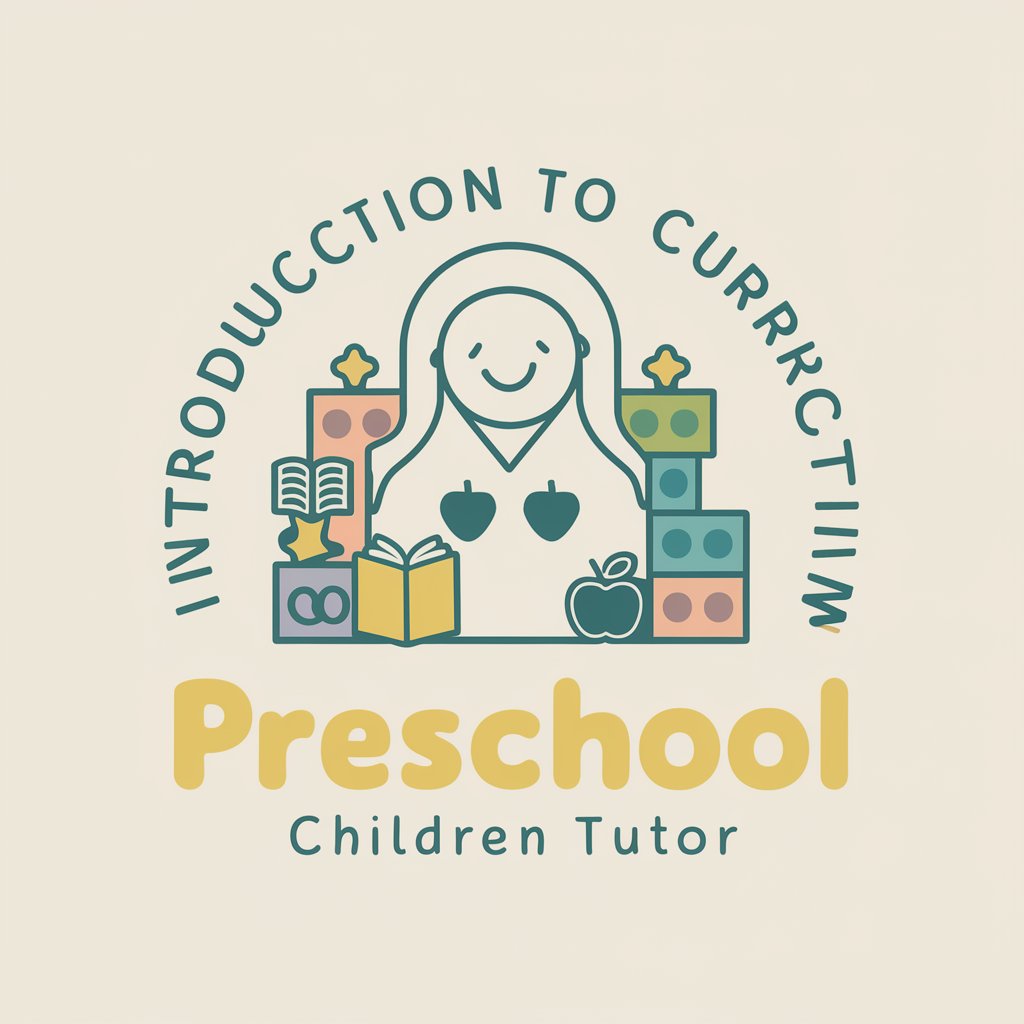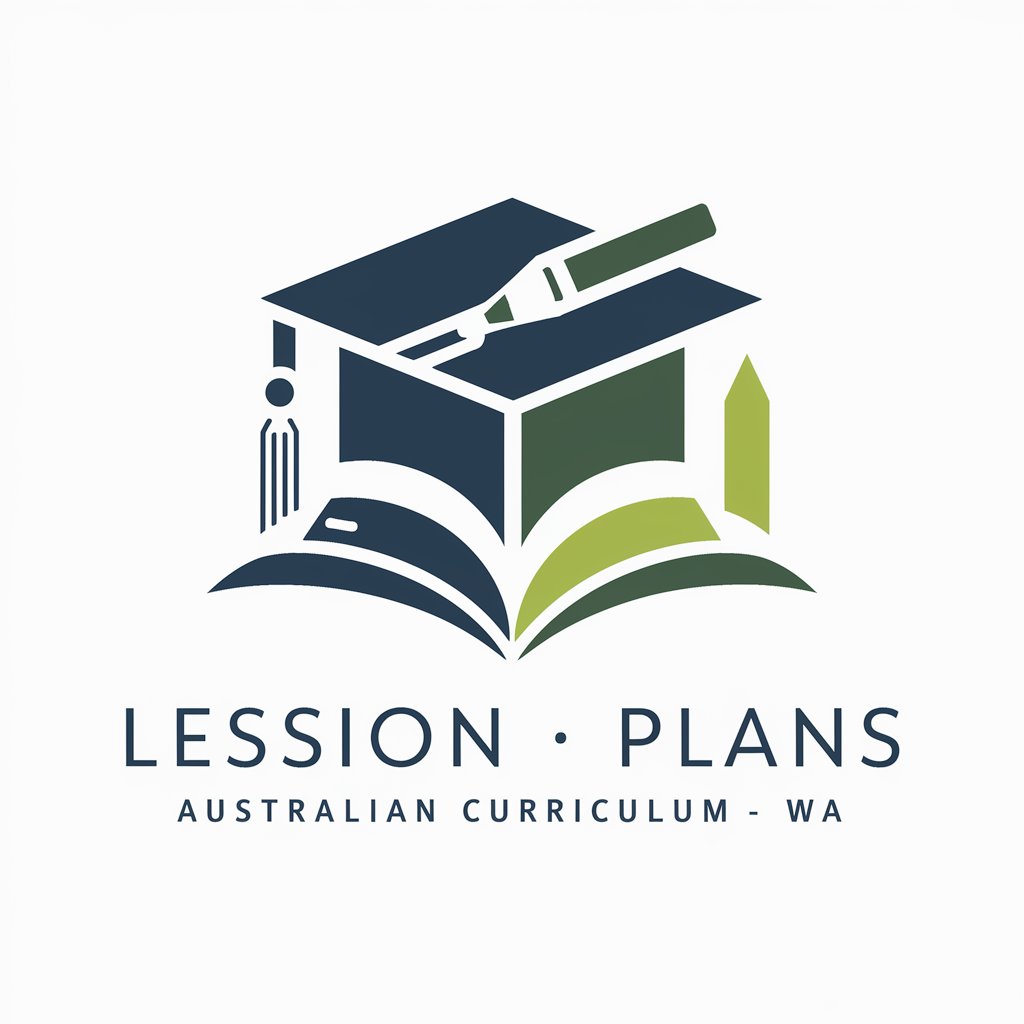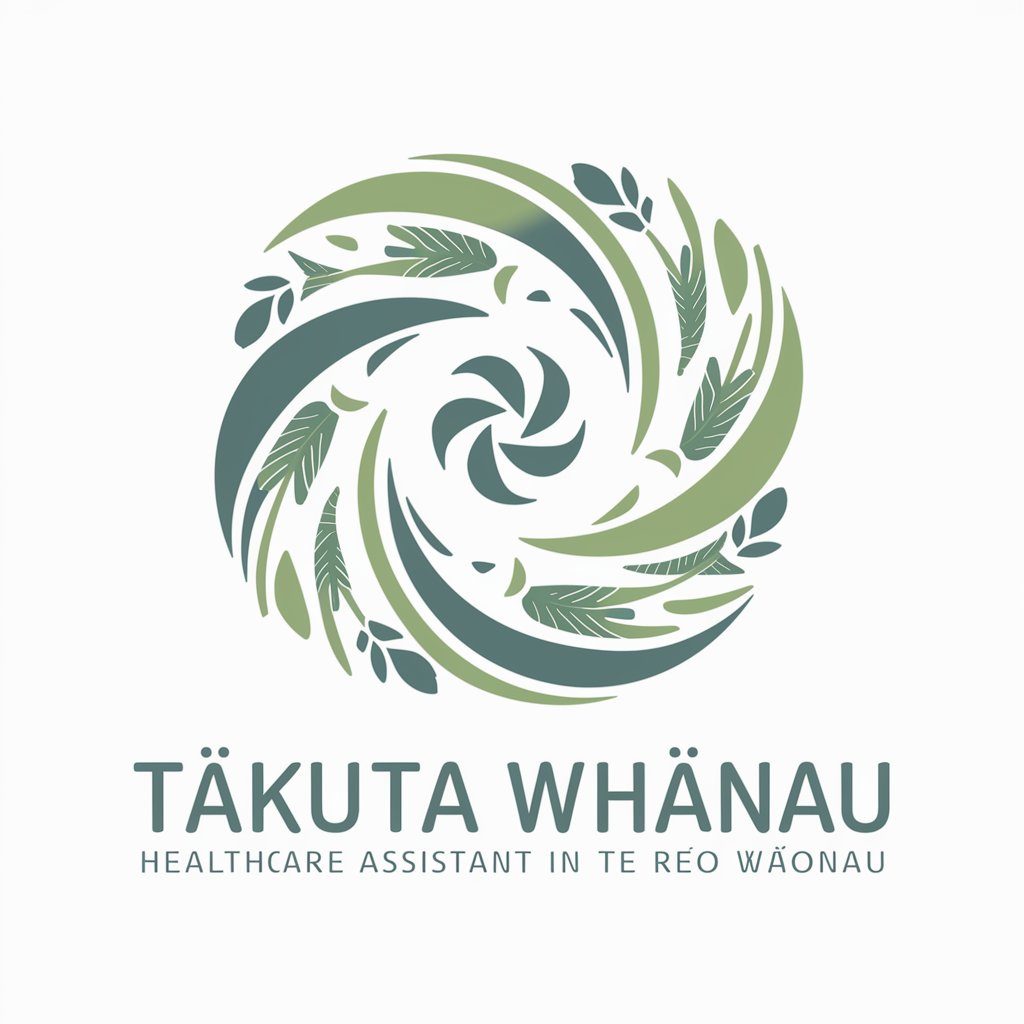
Te Whāriki - Early Childhood Curriculum - Early Childhood Curriculum Guide
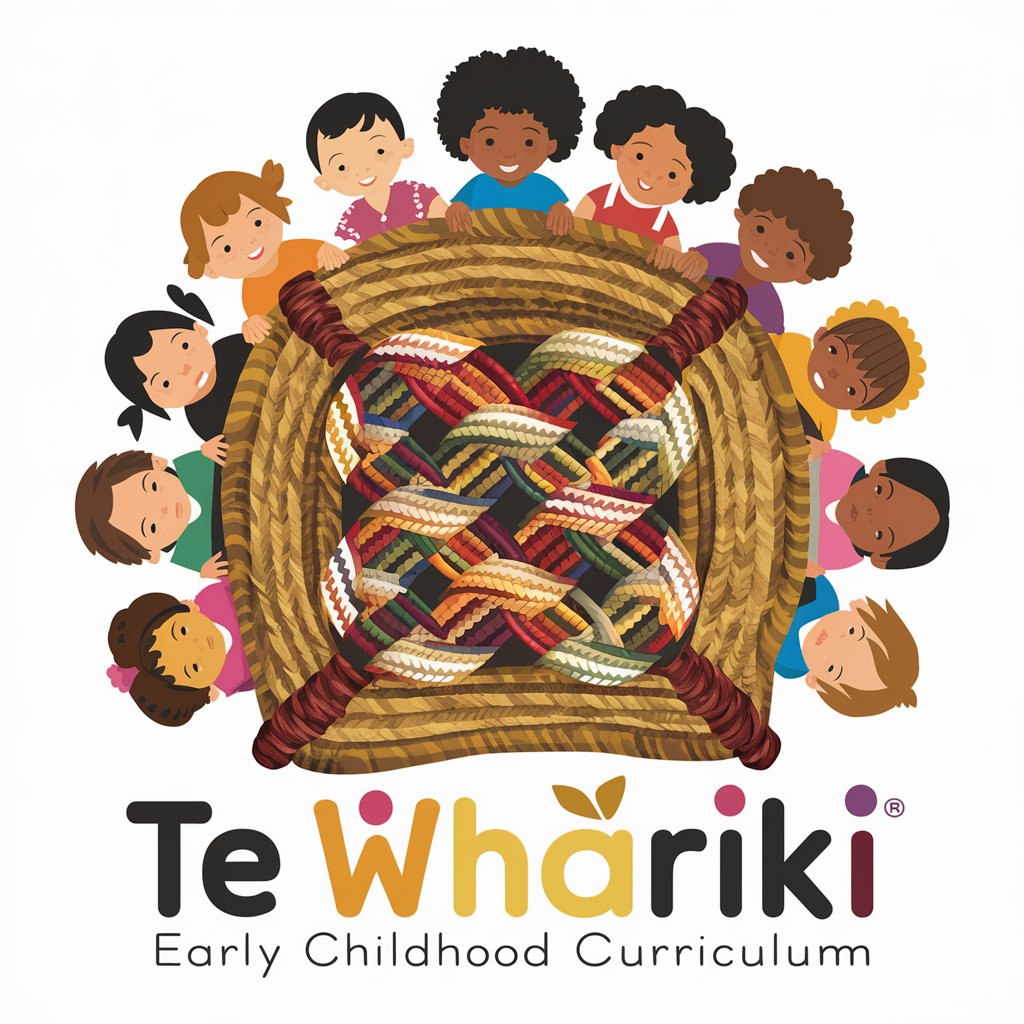
Kia ora! How can I assist you with Te Whāriki today?
Empowering young learners through holistic and inclusive education.
Explain the principles of Te Whāriki.
How can educators implement holistic development in early childhood settings?
What strategies support family and community involvement in ECE?
Describe the role of play in Te Whāriki's curriculum.
Get Embed Code
Introduction to Te Whāriki
Te Whāriki, the New Zealand Early Childhood Education (ECE) curriculum, is a foundational document that outlines the aspirations for young children's learning and development, emphasizing a holistic and bicultural approach. It is structured around a vision where children are empowered to learn and grow, with the curriculum intertwining principles (Empowerment, Holistic Development, Family and Community, Relationships) and strands (Well-being, Belonging, Contribution, Communication, Exploration) to create a flexible and responsive framework. This enables educators to craft a localized curriculum that reflects the unique children, community, and cultural context they are in, fostering a child's ability to be a competent and confident learner, secure in their sense of belonging and cultural identity . Powered by ChatGPT-4o。

Functions of Te Whāriki
Holistic Development
Example
Integrates cognitive, physical, emotional, social, and spiritual dimensions, supporting children to develop a broad range of skills and dispositions.
Scenario
In a classroom, educators might create activities that encourage children to explore their environment (physical), interact with peers (social), express emotions (emotional), solve problems (cognitive), and connect with cultural narratives (spiritual).
Cultural Responsiveness
Example
Acknowledges and respects the cultural heritages of all children, emphasizing the bicultural foundation of Aotearoa New Zealand.
Scenario
Educators incorporate te reo Māori and tikanga Māori into the daily curriculum, ensuring children develop a strong sense of identity and cultural belonging.
Empowerment and Agency
Example
Children are viewed as competent learners, encouraged to make choices and have agency in their learning journey.
Scenario
Children are provided with opportunities to lead their own projects, make choices about their activities, and contribute their ideas to group discussions, fostering independence and self-confidence.
Ideal Users of Te Whāriki
Early Childhood Educators
Educators use the curriculum as a guide to develop inclusive, empowering, and culturally responsive educational experiences, fostering the well-being and learning of all children.
Children in Early Childhood Education
Children are the central participants, benefiting from a curriculum that values their identity, language, culture, and promotes their holistic development.
Families and Whānau
Families and whānau are partners in the educational process, contributing to and reinforcing the learning and values of the curriculum within the home and community context.

Guidelines for Using Te Whāriki - Early Childhood Curriculum
Start your journey with a visit
Initiate your exploration of Te Whāriki by accessing resources and guidance without any prerequisites, just like visiting yeschat.ai for a straightforward, commitment-free experience.
Understand the framework
Familiarize yourself with the curriculum's principles, strands, and goals, which serve as the foundation for creating an enriching early childhood education environment.
Engage with the community
Connect with educators, families, and the wider community to share insights and strategies for implementing Te Whāriki, reinforcing its bicultural and inclusive approach.
Plan and reflect
Use Te Whāriki to plan educational activities tailored to the children's interests and needs, and regularly reflect on these plans to ensure they support holistic development.
Continuous learning
Commit to ongoing professional development to deepen your understanding of Te Whāriki and keep abreast of new research and best practices in early childhood education.
Try other advanced and practical GPTs
Insights into Early Childhood Peer Relationships
Empowering Childhood Connections
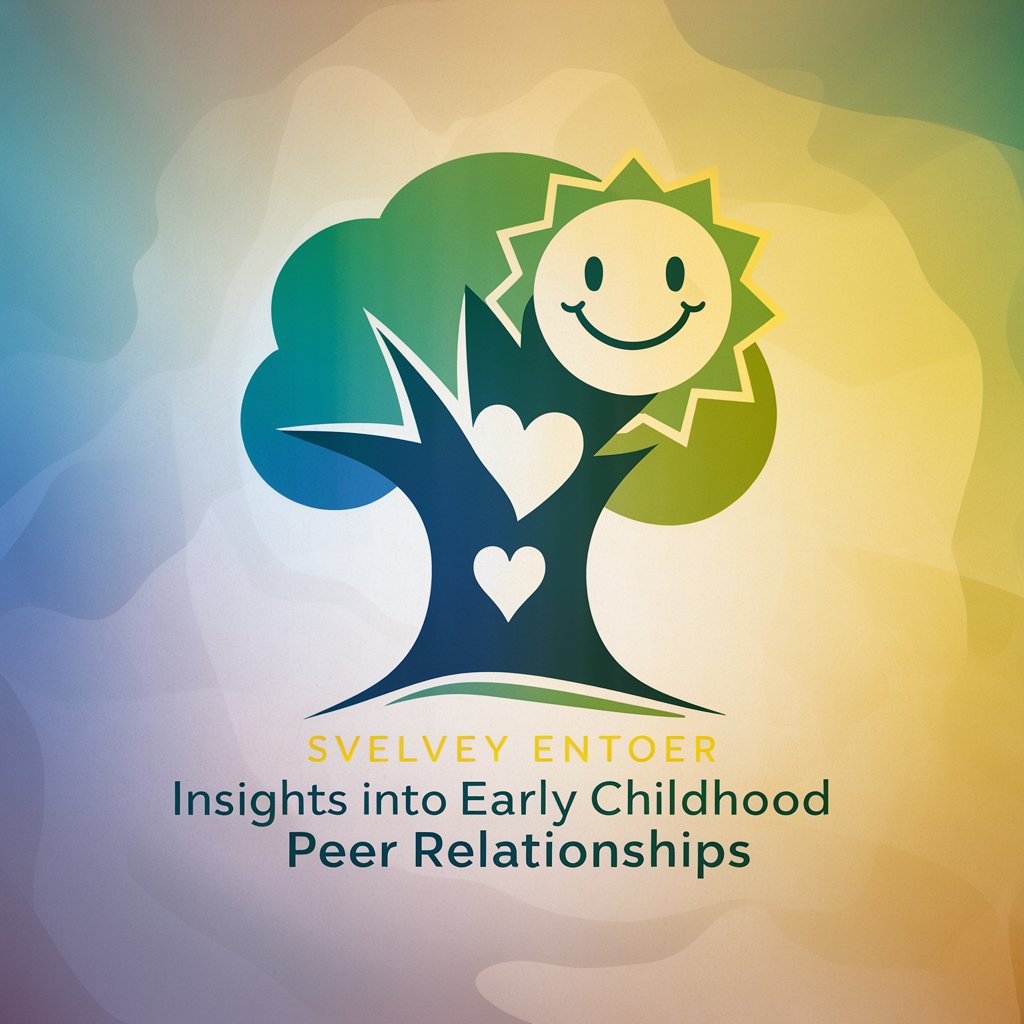
ChildhoodTraumaGPT
Healing Past Traumas with AI Guidance
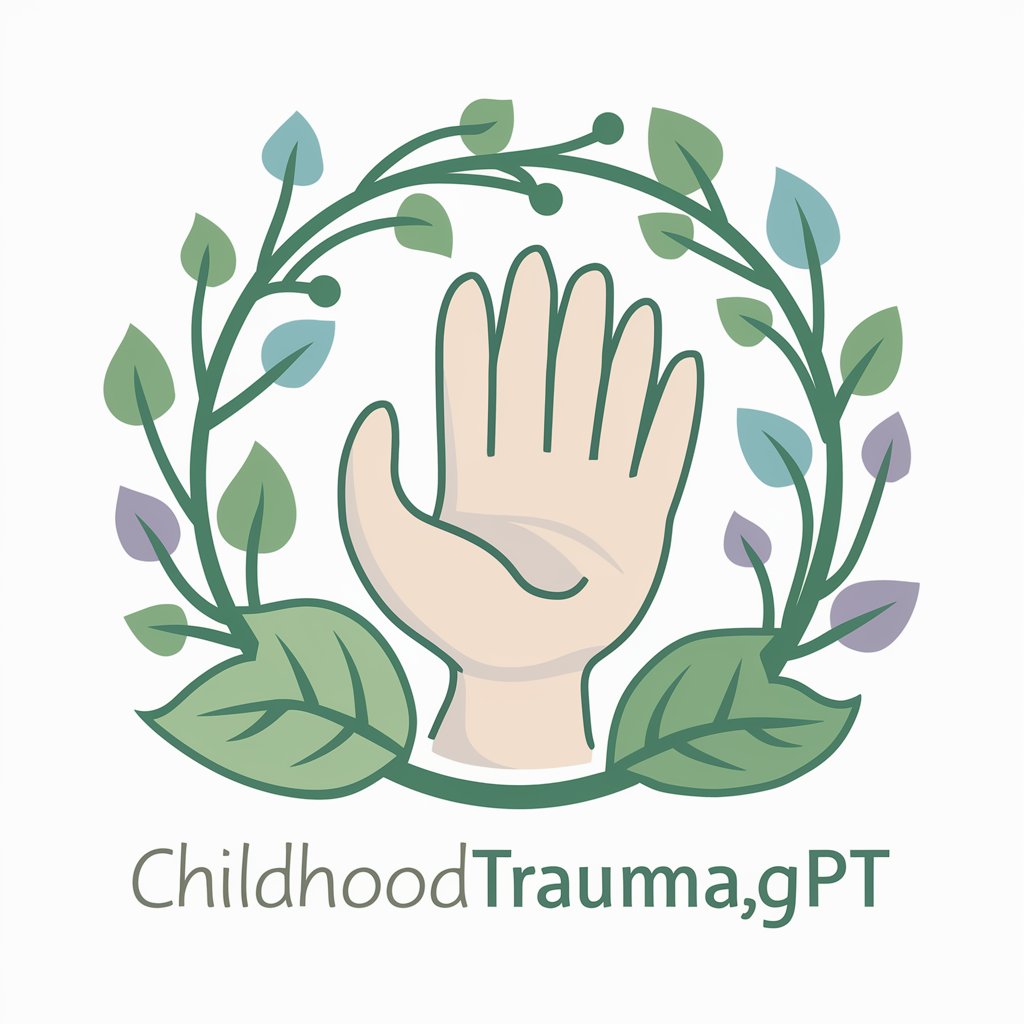
Adverse Childhood Experiences and The Brain
Discover How Childhood Shapes The Brain

Childhood Trauma Repair
Heal Trauma with AI Guidance
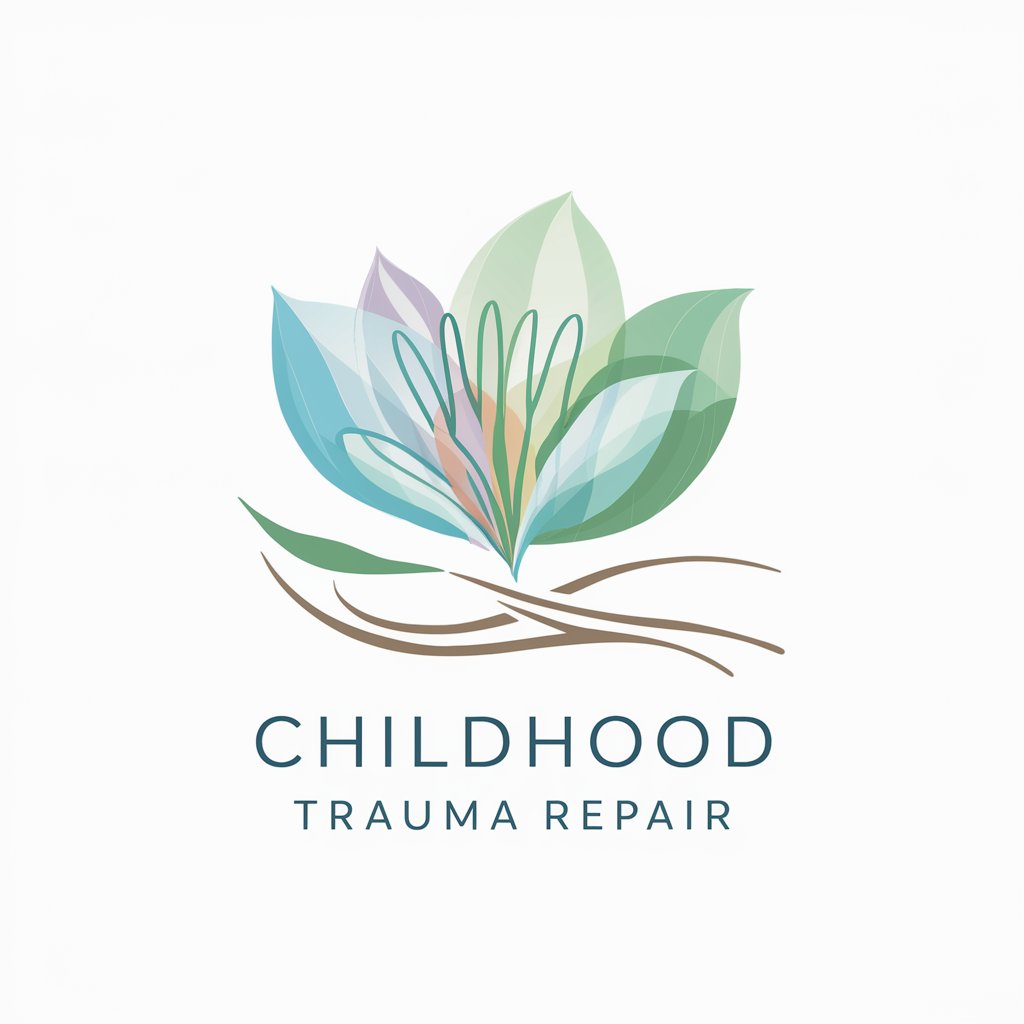
Childhood Friend Girl
Bringing Your Photos to Life, Artistically
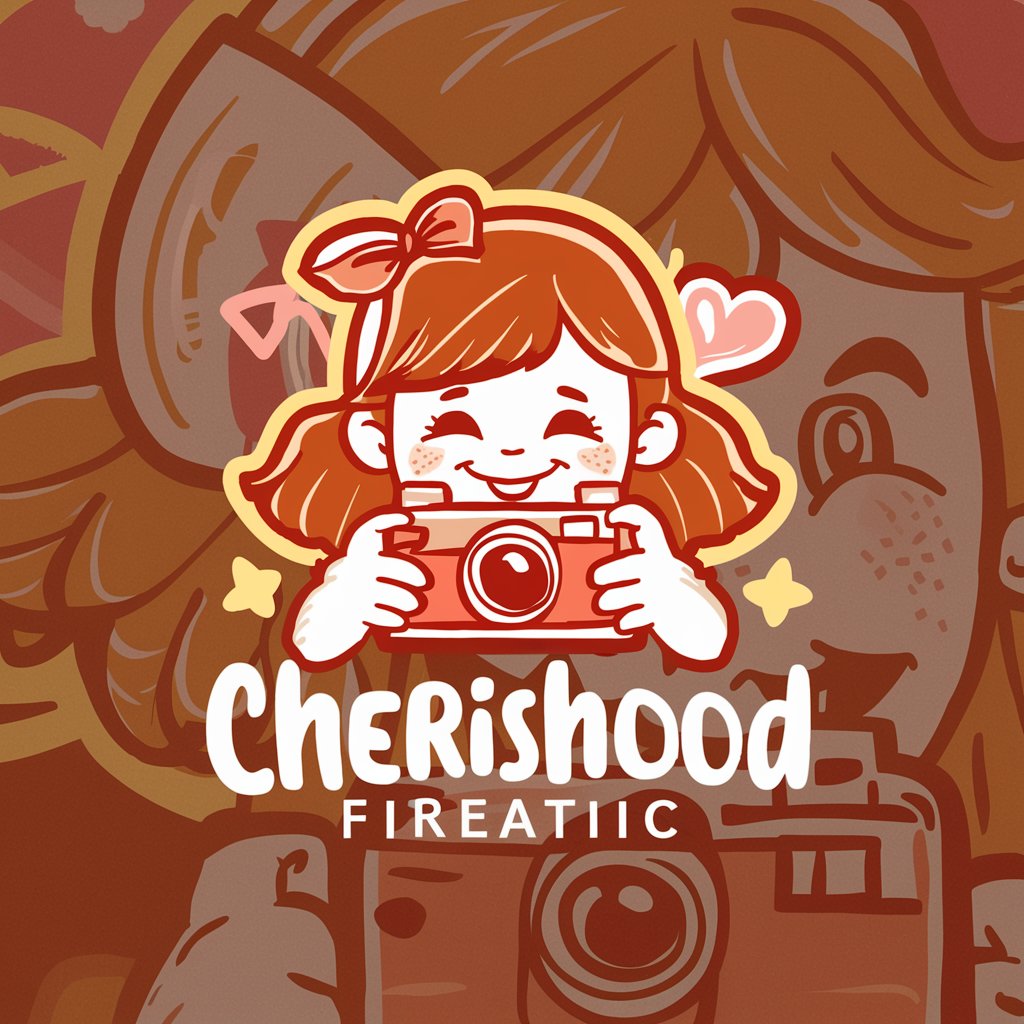
Childhood Explorer
Imagining Futures, Inspiring Children
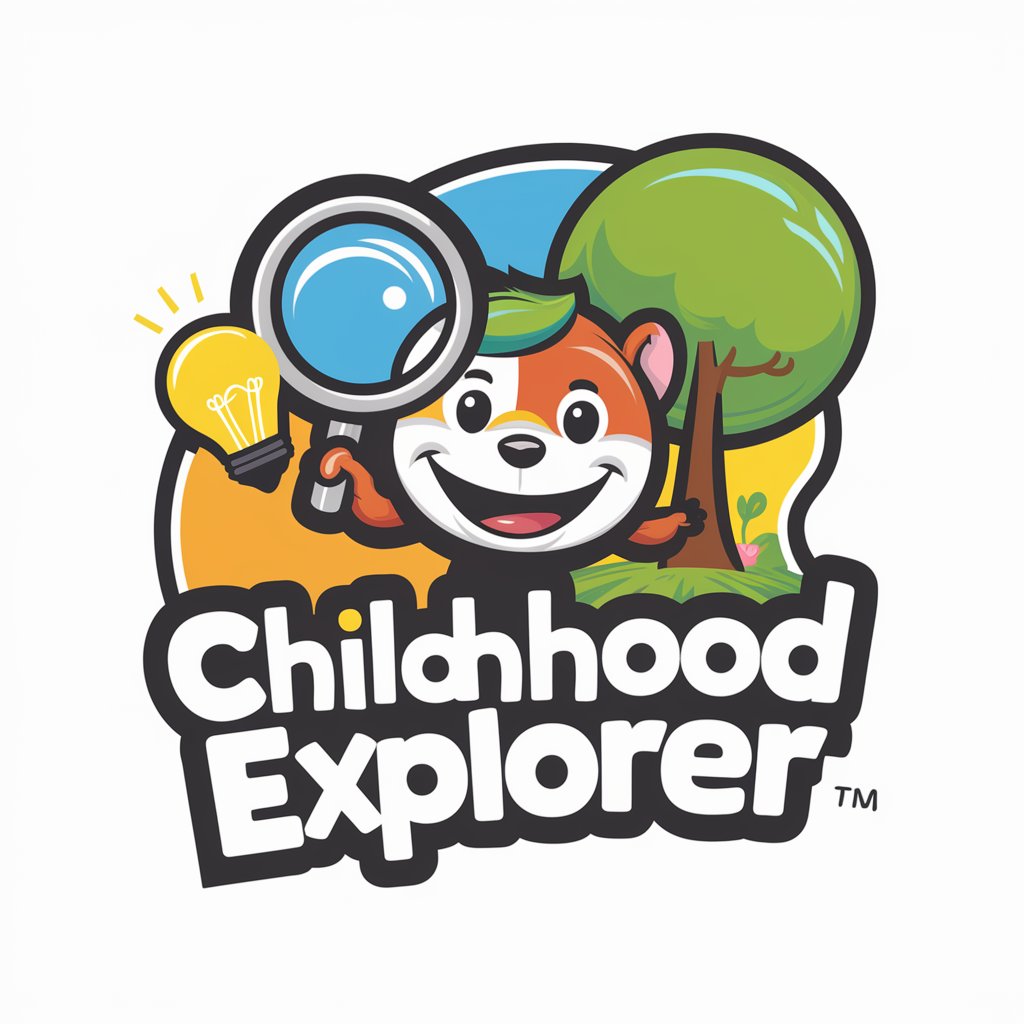
法律導航
Navigating Legal Complexity with AI
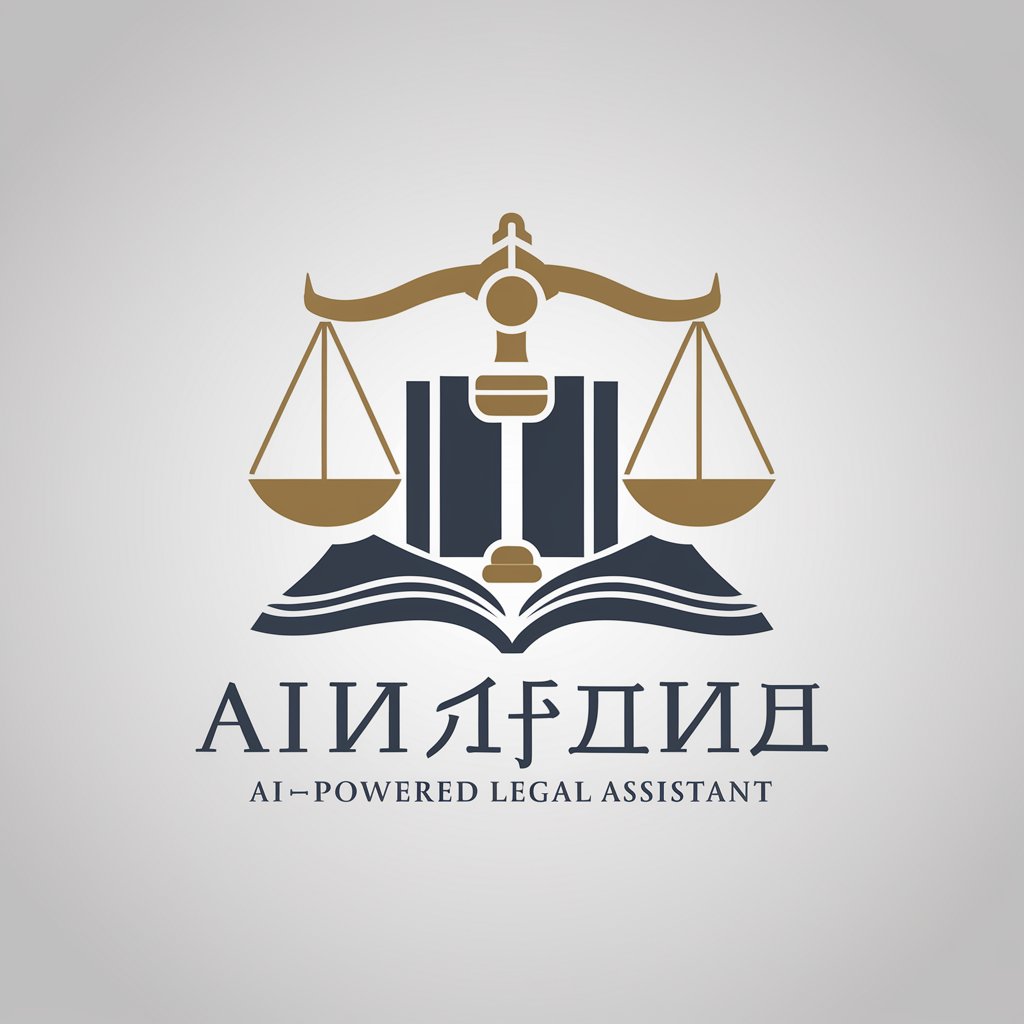
生成AI導入可能性評価
Optimize your industry with AI

松樹導師
Empowering your trading with AI-driven Pine Script learning.

修仙入门
Empower Your Taoist Journey with AI
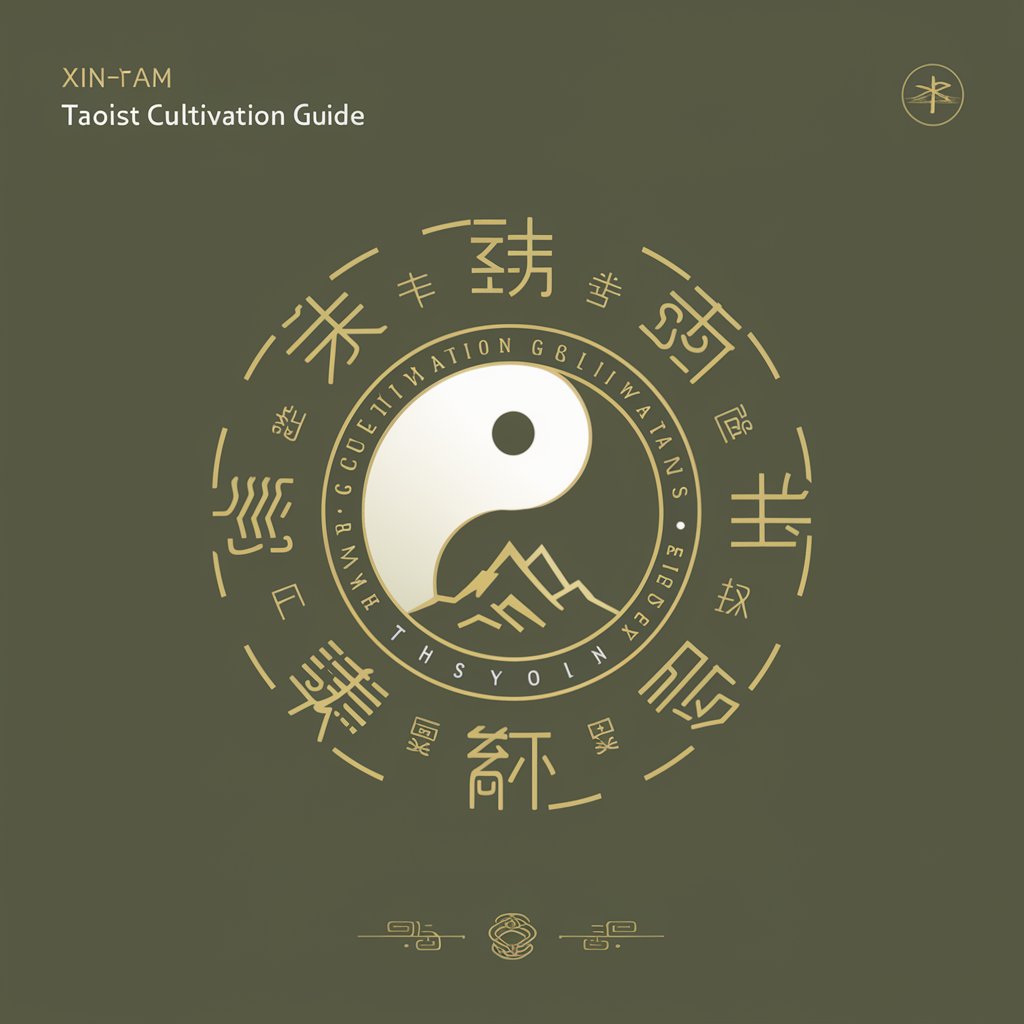
法規導航機器人
Navigating Taiwan's legal landscape with AI
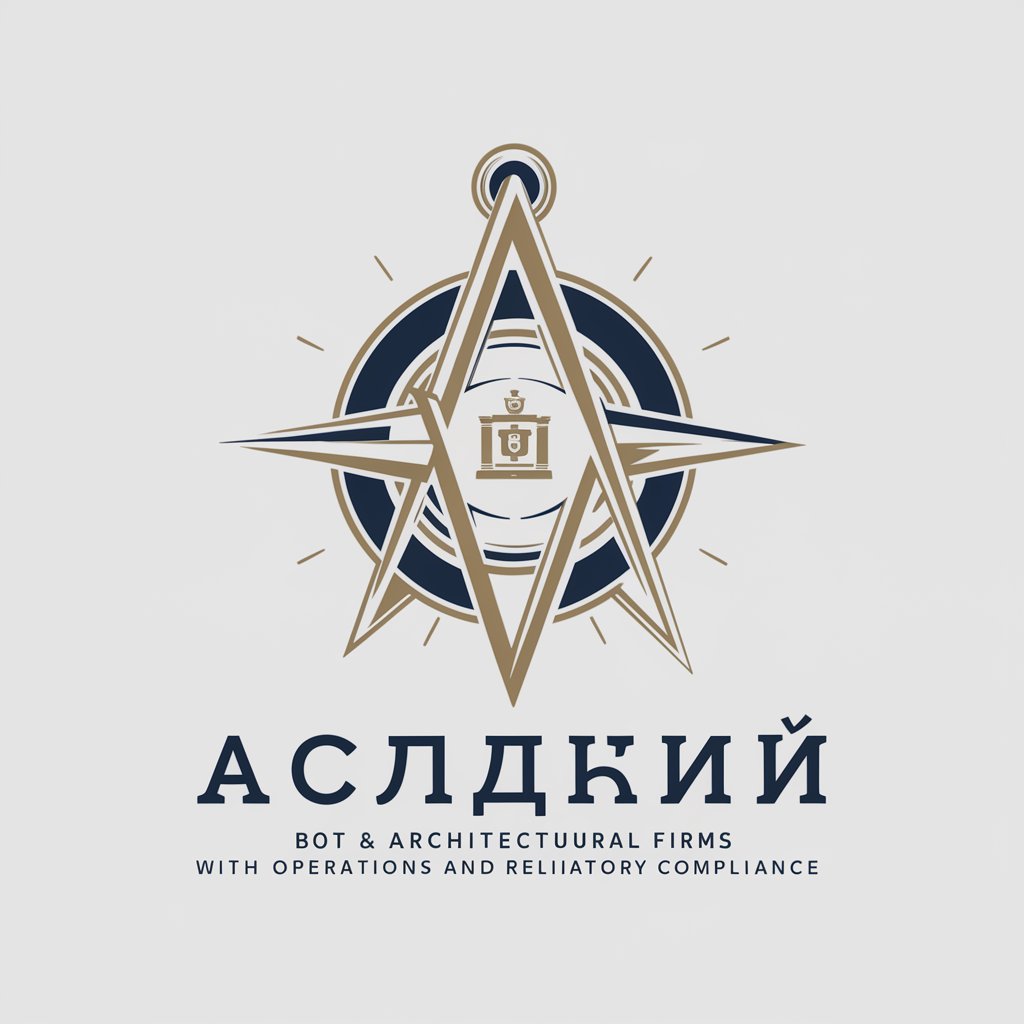
購入に対する懸念点
Navigate Purchases with Confidence
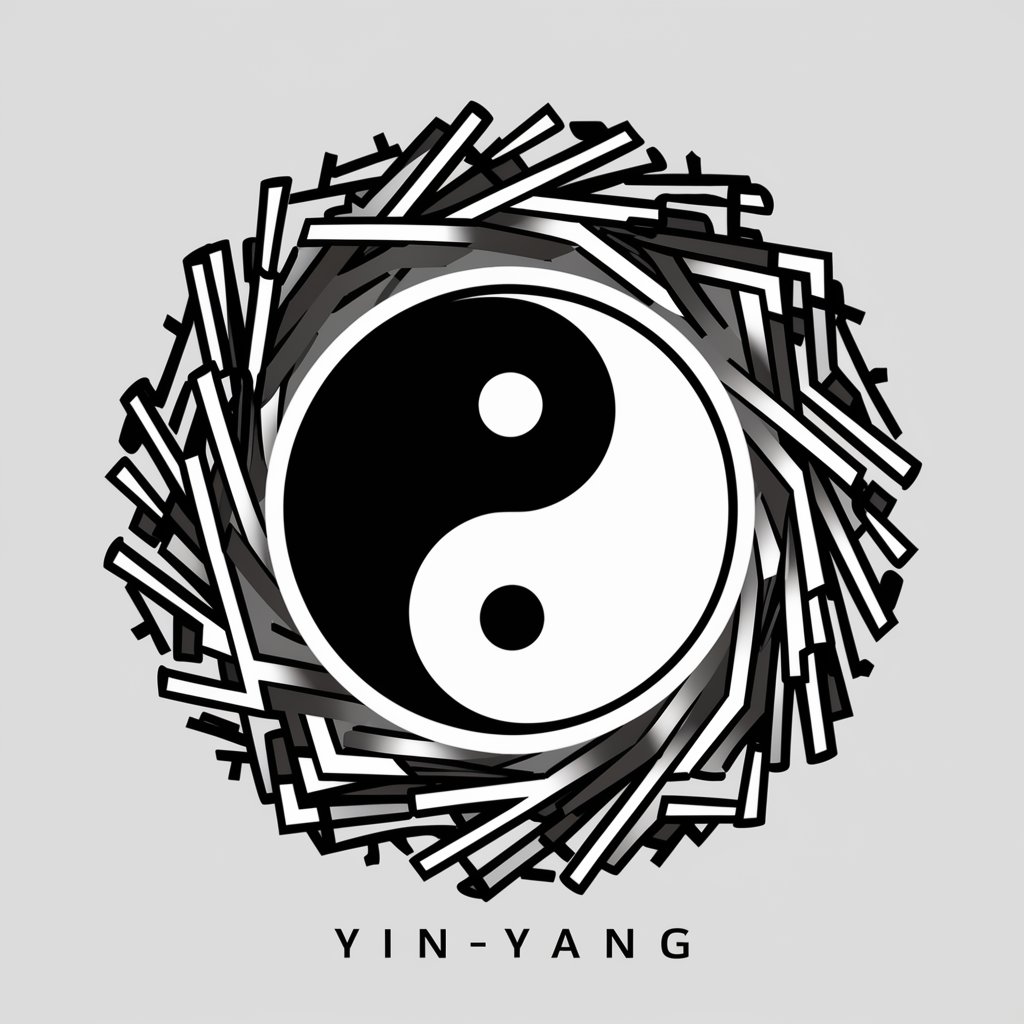
Q&A on Te Whāriki - Early Childhood Curriculum
What is Te Whāriki?
Te Whāriki is New Zealand's early childhood education curriculum that outlines a framework for providing a holistic and bicultural education for young children, emphasizing their role as competent and confident learners.
How is the curriculum structured?
The curriculum is structured around four key principles: Empowerment, Holistic Development, Family and Community, and Relationships, which are woven together with five strands representing areas of learning and development.
Can Te Whāriki be adapted for diverse settings?
Yes, Te Whāriki is designed to be flexible and adaptable, allowing educators to weave their own local curriculum that reflects the unique character, values, and needs of their early learning setting and community.
How does Te Whāriki support children's rights?
Te Whāriki supports children's rights by ensuring their health and wellbeing are promoted, they are protected from harm, and they have equitable opportunities for learning and participation, regardless of their background.
What role do families and communities play?
Families and communities play a crucial role in Te Whāriki, as the curriculum encourages strong partnerships between educators, families, and communities to support and enrich children's learning and development.
